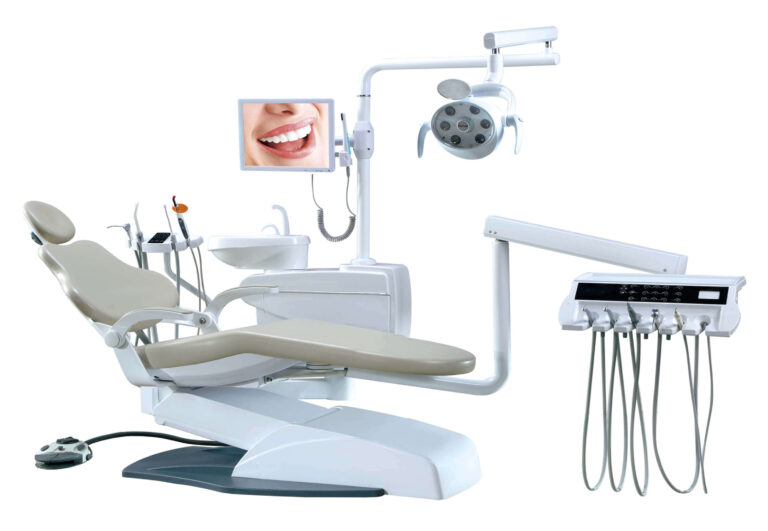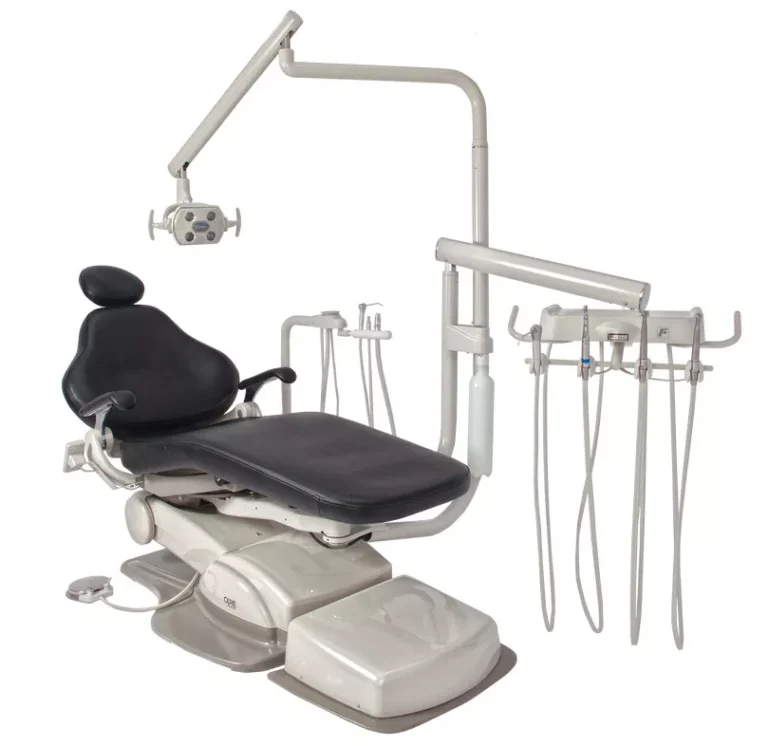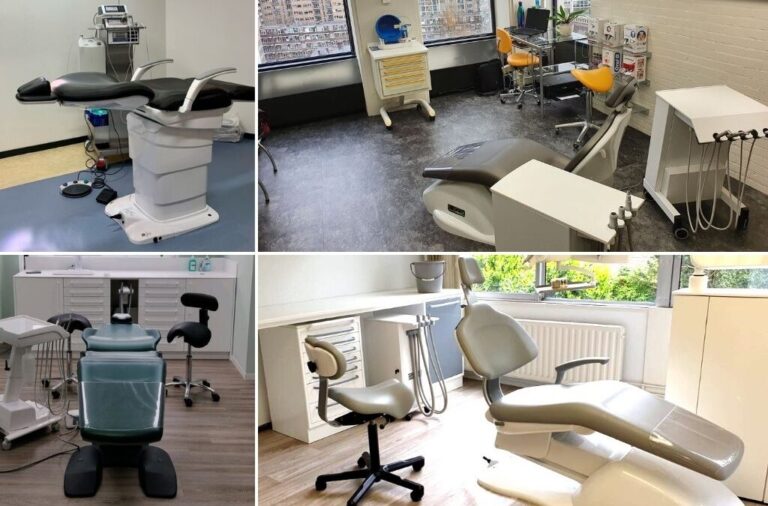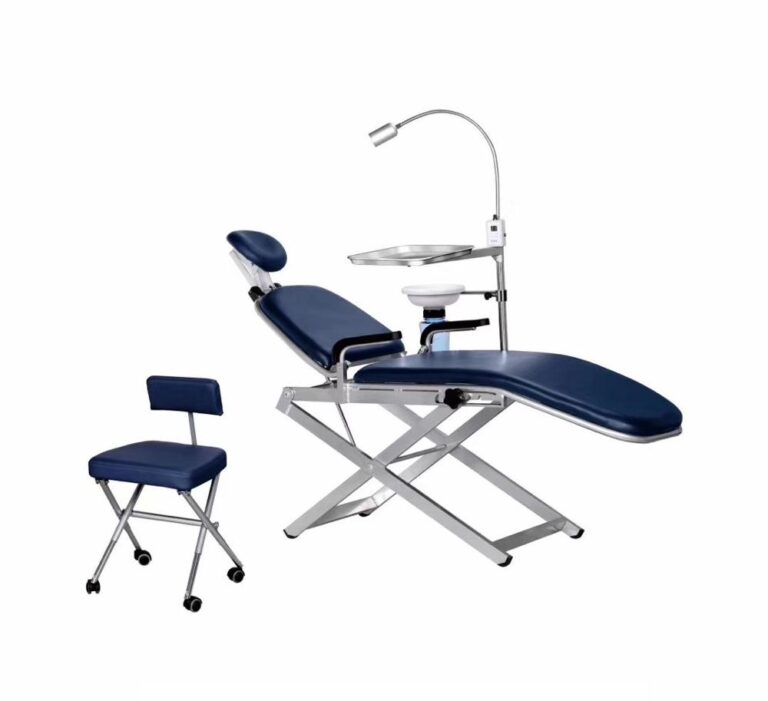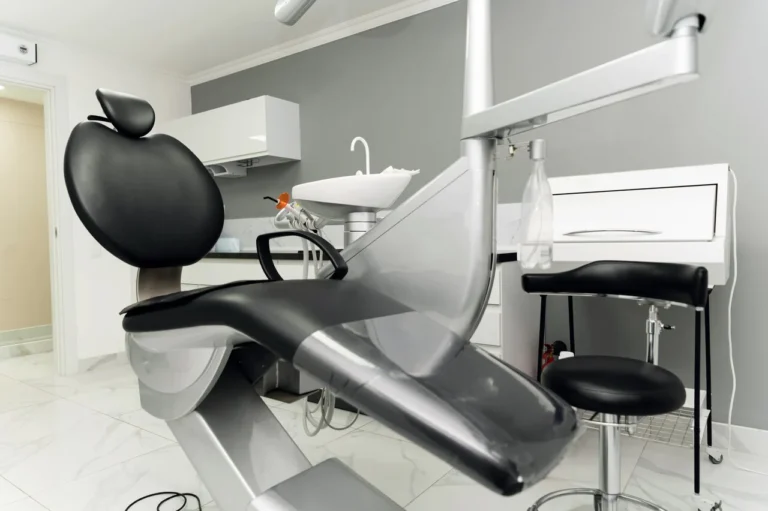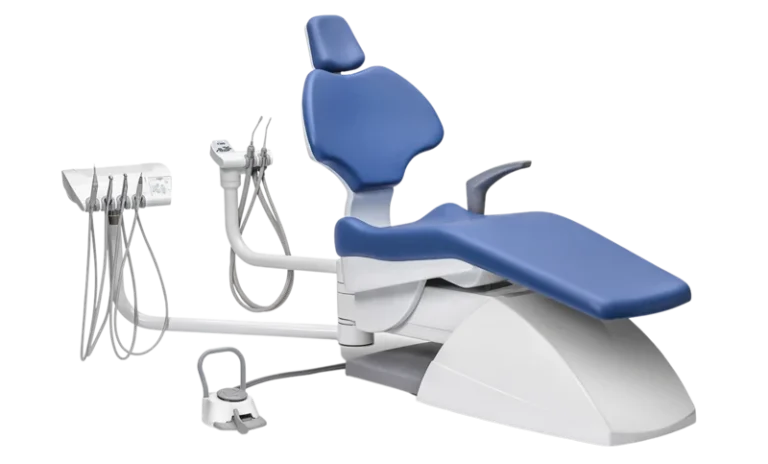Choosing the right dental chair is crucial for any dental practice, as it directly impacts both patient comfort and procedural efficiency. This article delves into the differences between hydraulic and electromechanical dental chairs, helping dental professionals make an informed decision.
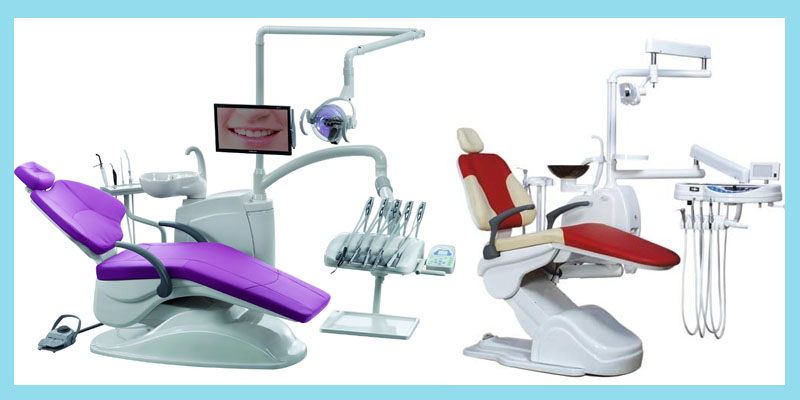
Dental chairs are the centerpiece of any dental practice, providing a platform for patient care and treatment. The two main types of dental chairs are hydraulic and electromechanical (electric) chairs. Each type has its own set of advantages and disadvantages, which we will explore in detail.
Hydraulic Dental Chairs
Mechanics and Functionality
Hydraulic dental chairs operate using a fluid movement technology. They utilize pumps and valves to circulate hydraulic liquid, which controls the chair’s positioning. This system allows for smooth and consistent adjustments.
Advantages
- Simplicity and Ease of Use: Hydraulic chairs feature straightforward controls like levers and buttons, making them easy to maneuver.
- Quiet Operation: These chairs are typically quieter compared to their electric counterparts, which can be beneficial in maintaining a calm clinic environment.
- Consistent Force Delivery: Hydraulic chairs offer consistent force delivery, regardless of the patient’s weight, ensuring stability and comfort.
- Lower Fire Hazard: They do not create sparks, reducing the risk of fire hazards.
Disadvantages
- Maintenance Challenges: The hydraulic fluid used can be hazardous and requires careful handling and disposal.
- Environmental and Health Concerns: Hydraulic fluids are not eco-friendly and can pose health risks if not managed properly.
- Complex Installation: Setting up a hydraulic system can be more complicated as it requires plumbing, pumps, and filters.
Electromechanical (Electric) Dental Chairs
Mechanics and Functionality
Electric dental chairs use motors for movement control, offering precision and pre-programmed settings for various positions. These chairs are controlled by foot pedals or touchpads, allowing for easy adjustments.
Advantages
- High Precision Control: Electric chairs allow for exact adjustments and repositioning, enhancing procedural efficiency.
- Affordability and Low Maintenance: Generally, electric chairs are more cost-effective and require less maintenance than hydraulic chairs.
- Environmentally Friendly: As they do not use hydraulic fluids, they are safer for the environment.
- Safety Features: Electric chairs often come with safety measures like actuators that lock the chair in place in case of power loss.
Disadvantages
- Potential for Overheating: They can be prone to overheating due to their electrical components, especially in poorly ventilated areas.
- Noise Levels: The mechanical parts can create noise during operation, which might be disruptive in a quiet clinic environment.
- Dependence on Power Source: Electric chairs rely on a power source, which can limit their feasibility in remote or rural areas.
Comparative Analysis
Comfort and Stability
Both hydraulic and electric dental chairs offer adequate support and stability during procedures. However, electric chairs have a slight advantage as they provide additional features like adjustable speed, height, and tilt, enhancing patient comfort further.
Safety
Both chair types incorporate safety features to ensure patient and practitioner safety. Hydraulic chairs are less likely to experience malfunctions due to their enclosed systems, while electric chairs are engineered with multiple safety measures to protect both parties.
Longevity
Both hydraulic and electric chairs are designed to last if properly maintained. Hydraulic chairs typically have a longer lifespan due to their low-maintenance enclosed systems. Electric chairs, on the other hand, require regular servicing due to their electric motor and battery components.
Cost
Electric chairs are generally more expensive due to their added features, while hydraulic chairs offer a more affordable option. Additionally, regular servicing increases the overall cost of owning electric chairs.
Conclusion
Choosing between hydraulic and electromechanical dental chairs depends on various factors, including budget, maintenance capabilities, and specific needs of the dental practice. Hydraulic chairs are known for their simplicity, quiet operation, and consistent performance, making them a reliable choice for many practices. On the other hand, electric chairs offer high precision, low maintenance, and environmental benefits, making them ideal for modern, tech-savvy clinics.
By understanding the pros and cons of each type, dental professionals can make an informed decision that enhances patient comfort and procedural efficiency.
For more detailed information and product reviews, visit our Advanced Dental Chair Guide and read our A-dec 511 Dental Chair Review. Additionally, explore the Advantages of Saddle Dental Chairs to see how they can benefit your practice. For a comprehensive list of options, check out our ADS Dental Chairs.

